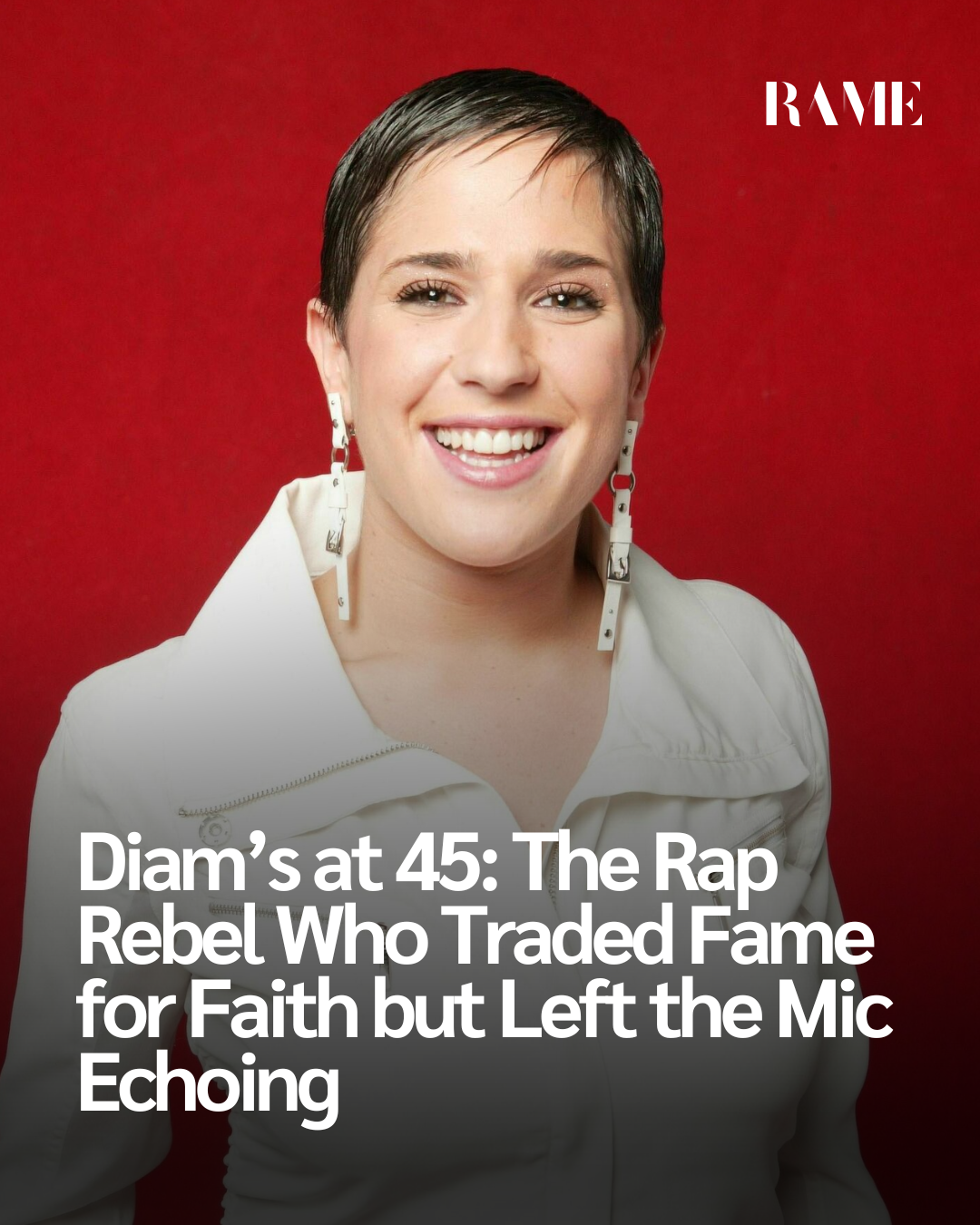Large hoop earrings. A cropped haircut. Sneakers grounded in street realism. That was the image of Diam’s raw, unapologetic, and undeniably powerful. From 1999 to 2007, she didn’t just make albums; she rewrote the rules of French rap and shook the very foundations of the French music industry.
Now 45, Mélanie Georgiades known to the world as Diam’s lives a quieter life, having traded the spotlight for spirituality. But make no mistake: her influence hasn’t dimmed. Her verses, once shouted from teenagers’ bedrooms, still echo across generations. This isn’t just nostalgia. It’s recognition of impact.
From Mélanie to Diam’s: A Rise Fueled by Rage and Reality
Diam’s story began in the 1980s, shaped by the music industry through her mother’s career. Backstage access to legends like NTM planted the seeds of artistic rebellion. That early exposure led young Mélanie to write and rap as a form of release, putting her pain, fury, and dreams into rhyme.
Her debut album Premier mandat (1999) was a modest entry. But her third, Dans ma bulle (2006), cracked the culture wide open. It wasn’t just the numbers it was the how and why of her resonance. She became the voice of a generation drowning in uncertainty, screaming to be heard.
“La boulette” wasn’t just a hit; it was a national moment. She named names Marine Le Pen, Nicolas Sarkozy and dared the mainstream to look away. They couldn’t.
Lyrical Courage: When Rap Became Resistance
Diam’s didn’t deal in metaphors to hide behind. Her lyrics were confrontational, intimate, and fiercely political. She talked about the suburbs, inequality, racism, depression, and the weight of womanhood with zero filter.
In Ma souffrance, she lent her voice to victims of abuse a track that resonated deeply, especially among women who felt silenced. That’s the thread through all her work: giving a voice to the unheard.
She aligned herself with causes that extended her music’s message. Partnering with Amnesty International, she brought attention to global injustice, walking the walk beyond studio walls.
As journalist and music critic Olivier Cachin once said, “Diam’s didn’t just rap, she bore witness. That’s what made her impossible to ignore.”
Fame, Faith, and a Farewell on Her Own Terms
The higher Diam’s climbed, the more alienated she felt. Fame clashed with her values. She spoke candidly about the psychological cost of success and the hollow routines of celebrity life.
In 2009, she stepped back. Not with a scandal, not in shame but in peace. She converted to Islam, began wearing the veil, and built a private life centered on faith, family, and healing.
Her brief return came in 2022 with Salam, a self-directed documentary screened at Cannes. It offered a rare window into her departure from fame, framed not as loss but liberation.
Speaking at Cannes, she said, “I wanted peace more than I wanted applause. That’s not weakness. That’s freedom.”
Why Diam’s Still Matters
What Diam’s created wasn’t just a discography it was a cultural reckoning. She broke the mold of what a female rapper could be in France: political, vulnerable, angry, spiritual all at once.
Her impact is measurable not just in record sales but in influence. Artists like Keny Arkana, Shay, and even contemporary male rappers owe part of their thematic boldness to the doors Diam’s kicked open.
She proved that French rap could carry real political weight. That women in hip-hop didn’t need to mimic men to be taken seriously. And that walking away, when it’s the right time, can be its own act of power.
Final Verse: Legacy Without Limelight
At 45, Diam’s remains a paradox present without presence, gone yet deeply felt. Her voice, once explosive in its urgency, now rests in quiet conviction. But its echoes? Still thunderous.
She left us not with a goodbye but with a challenge: to speak truth, to stay human, and to find meaning beyond the noise.
Because in the end, she wasn’t just rapping.
She was telling France to listen.



